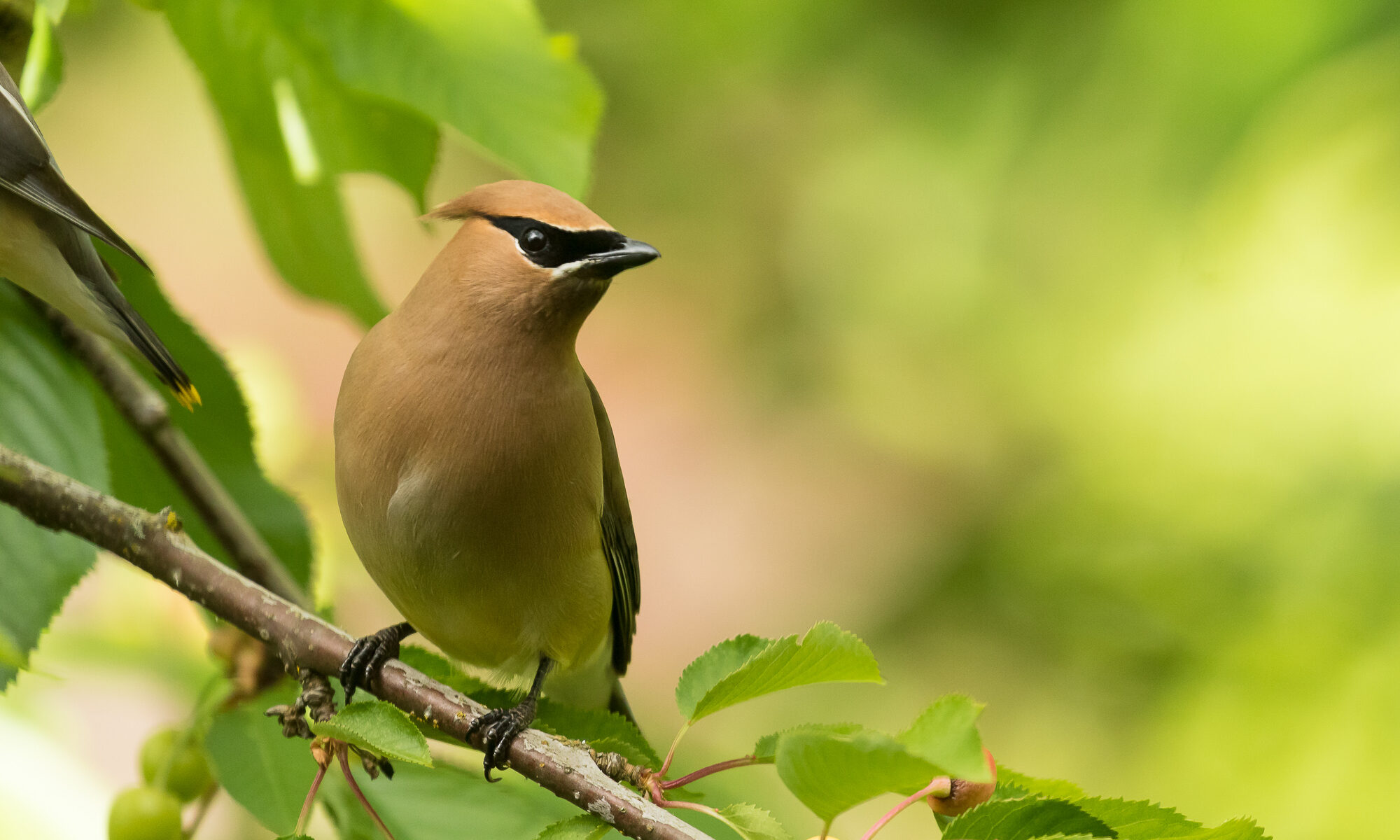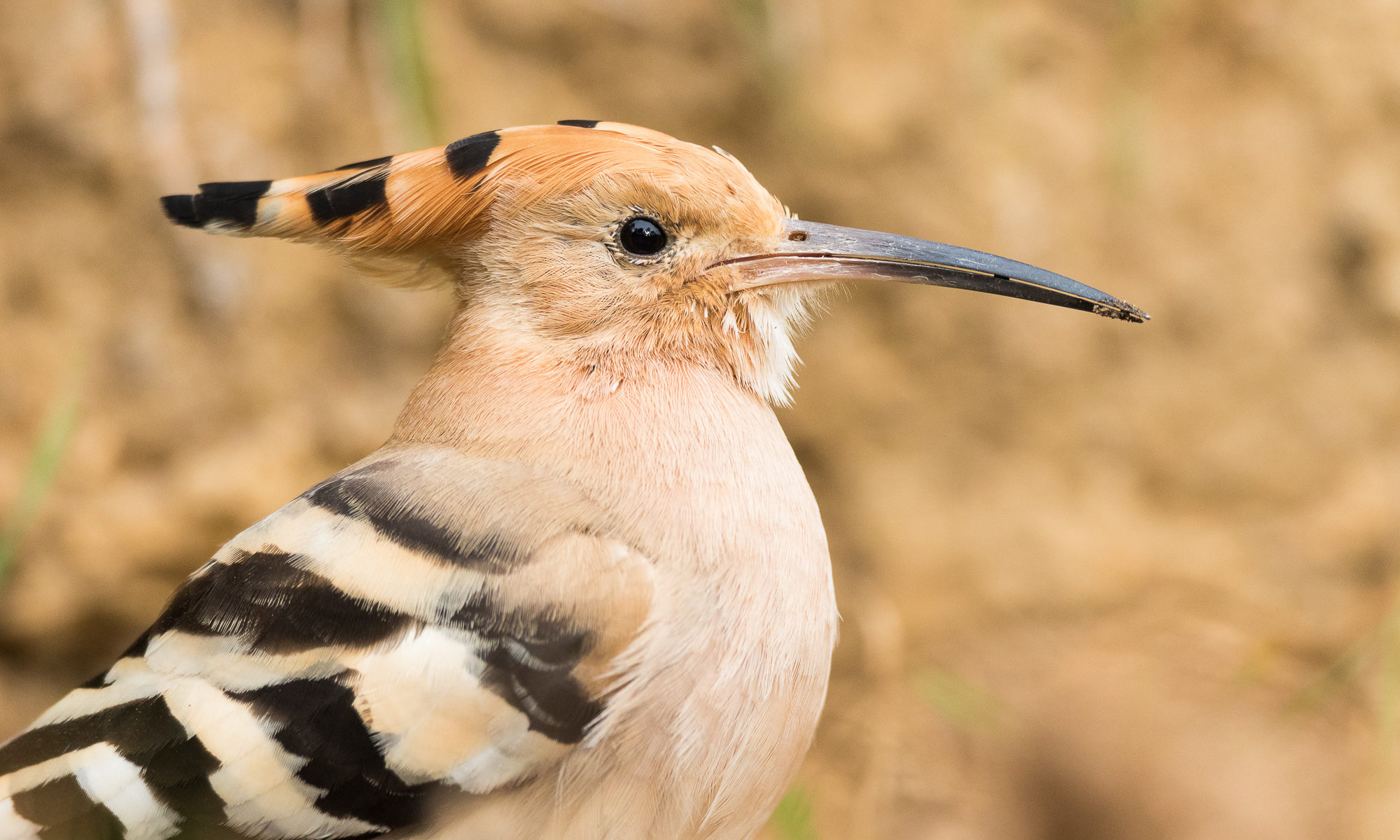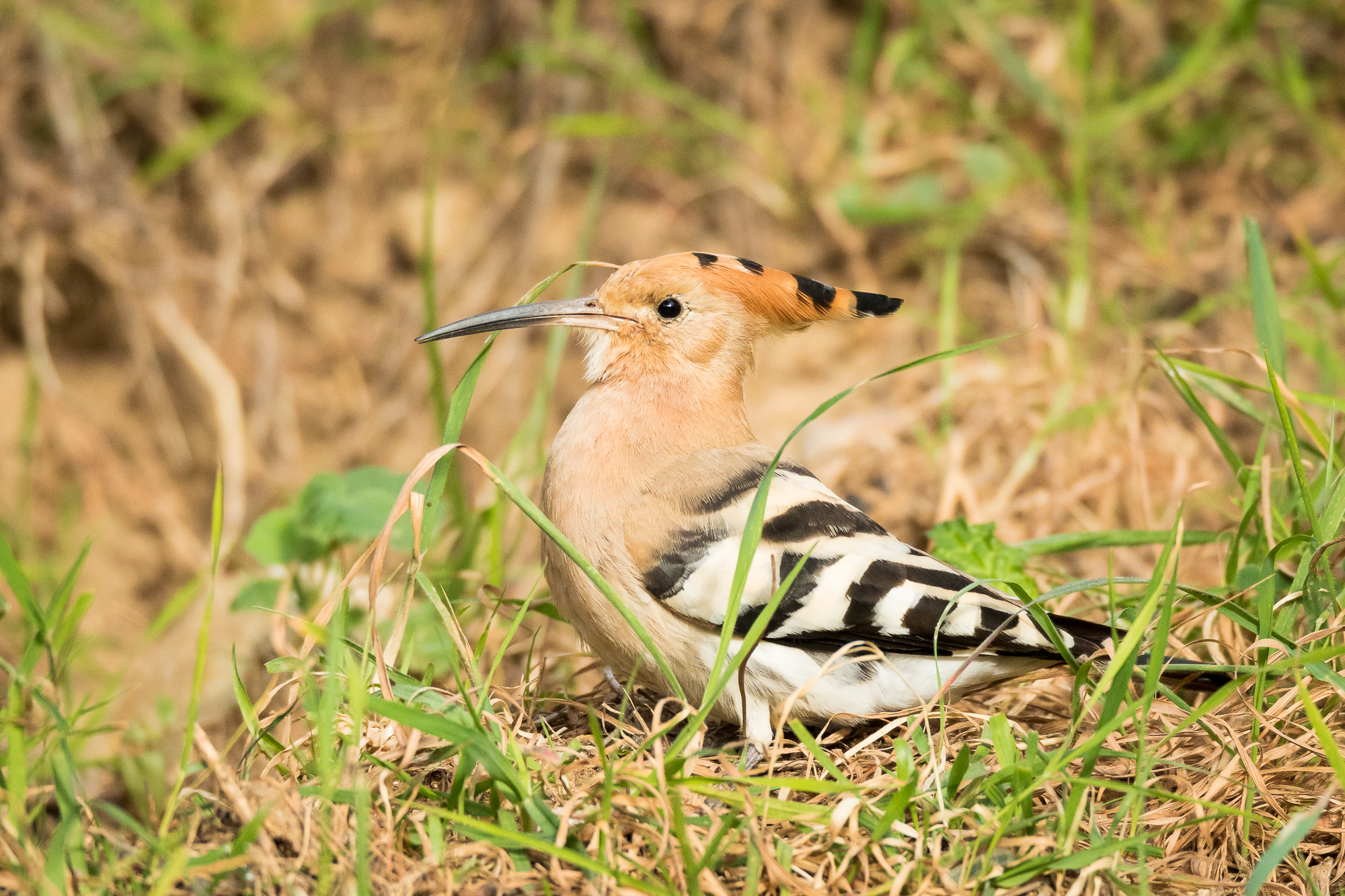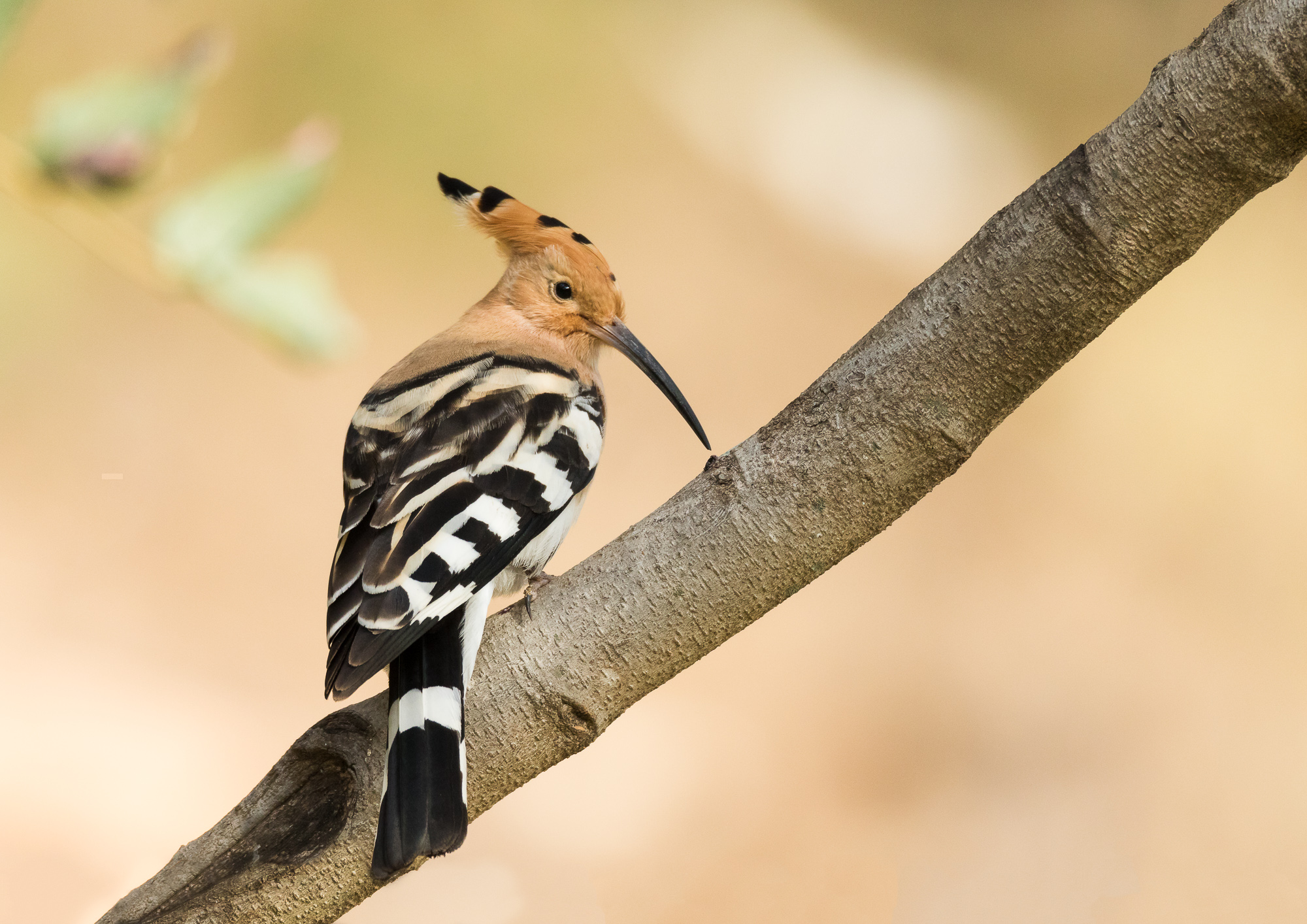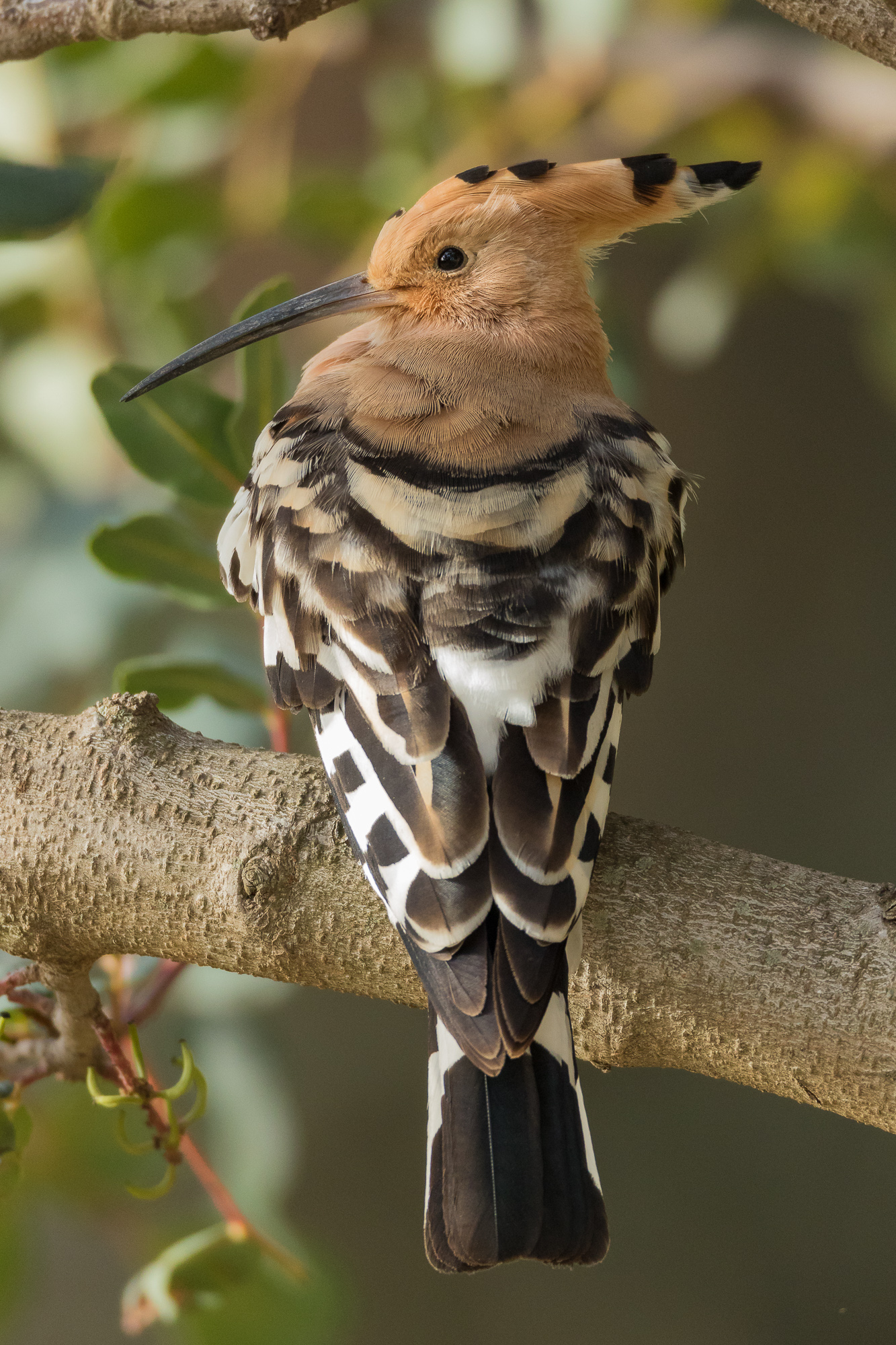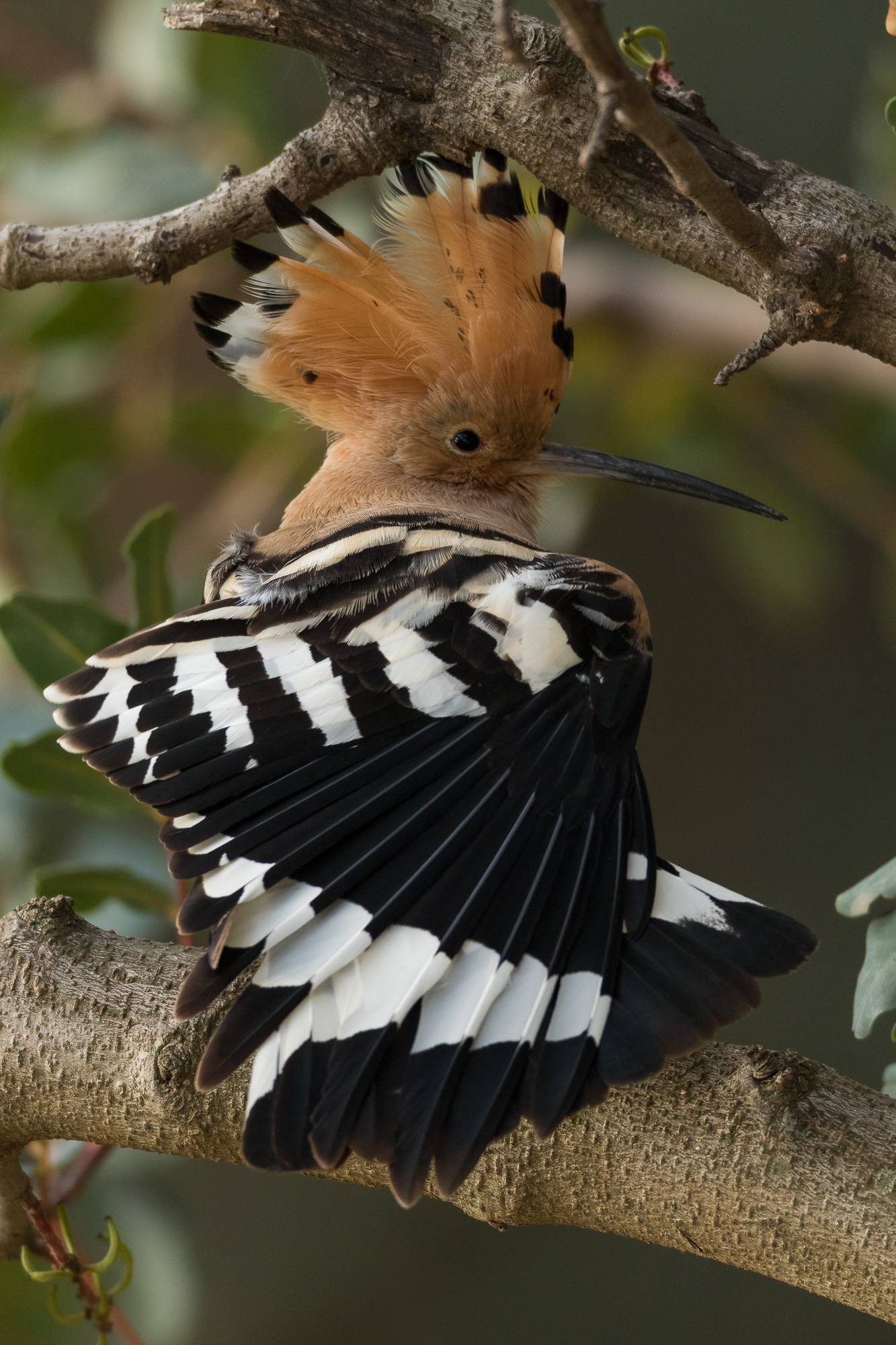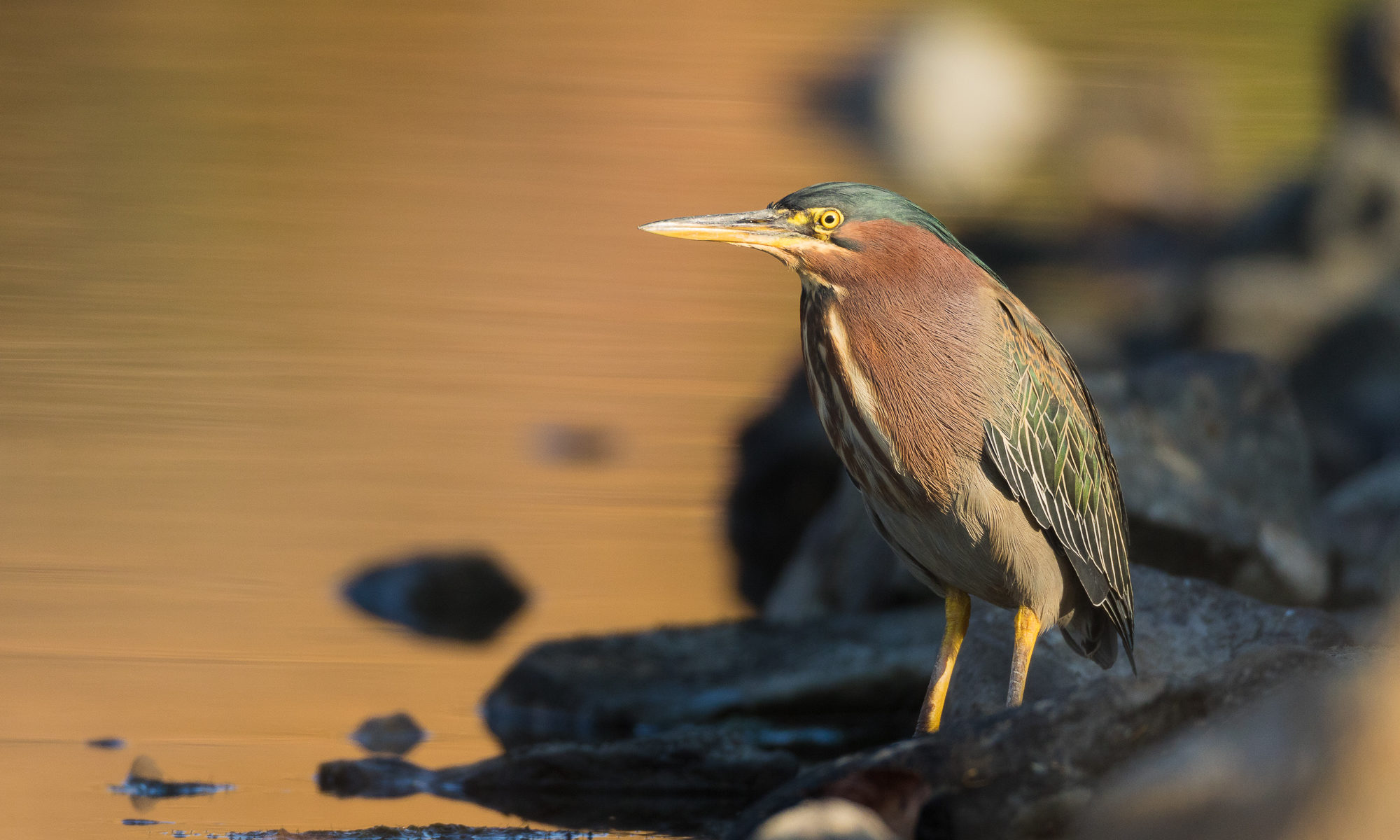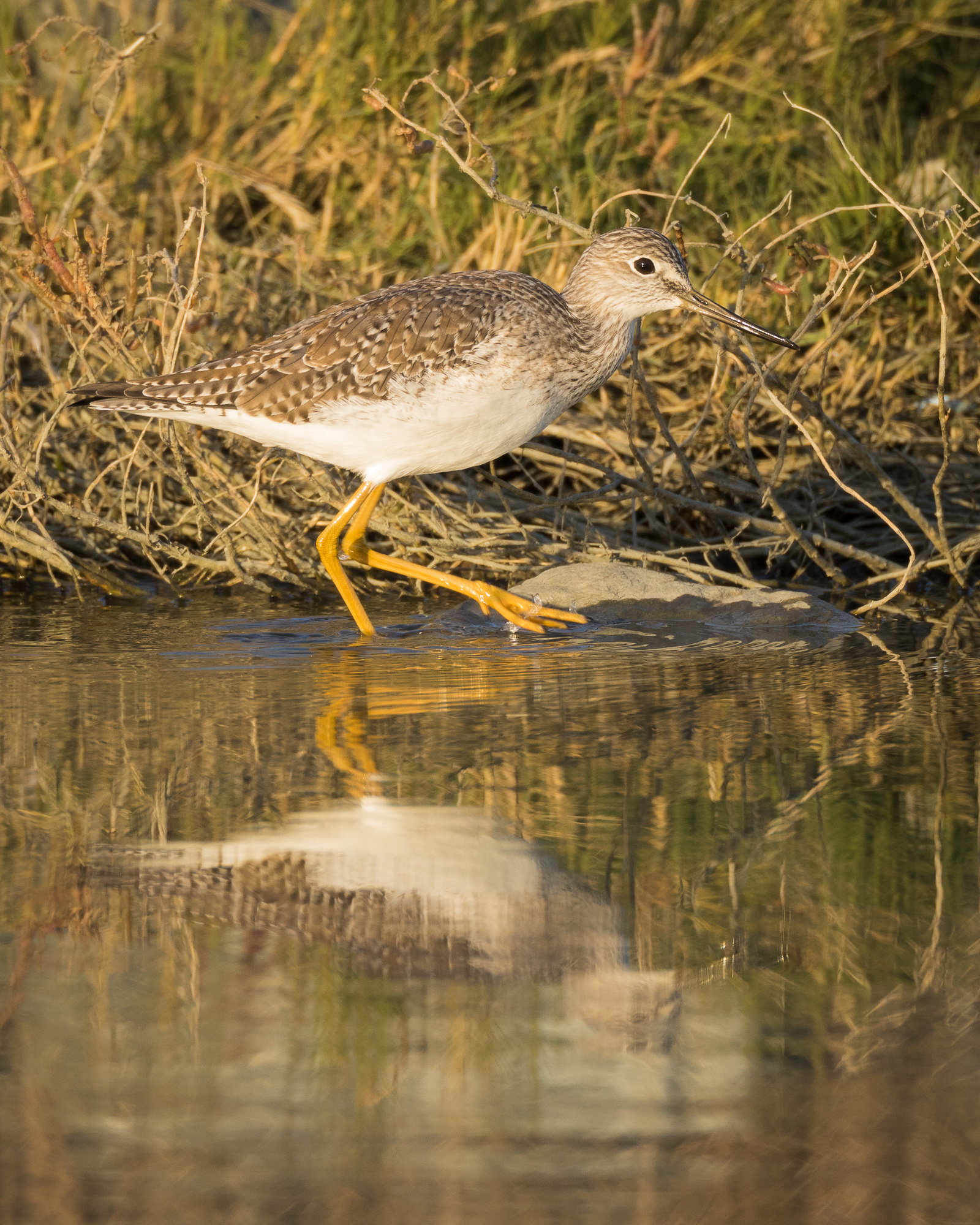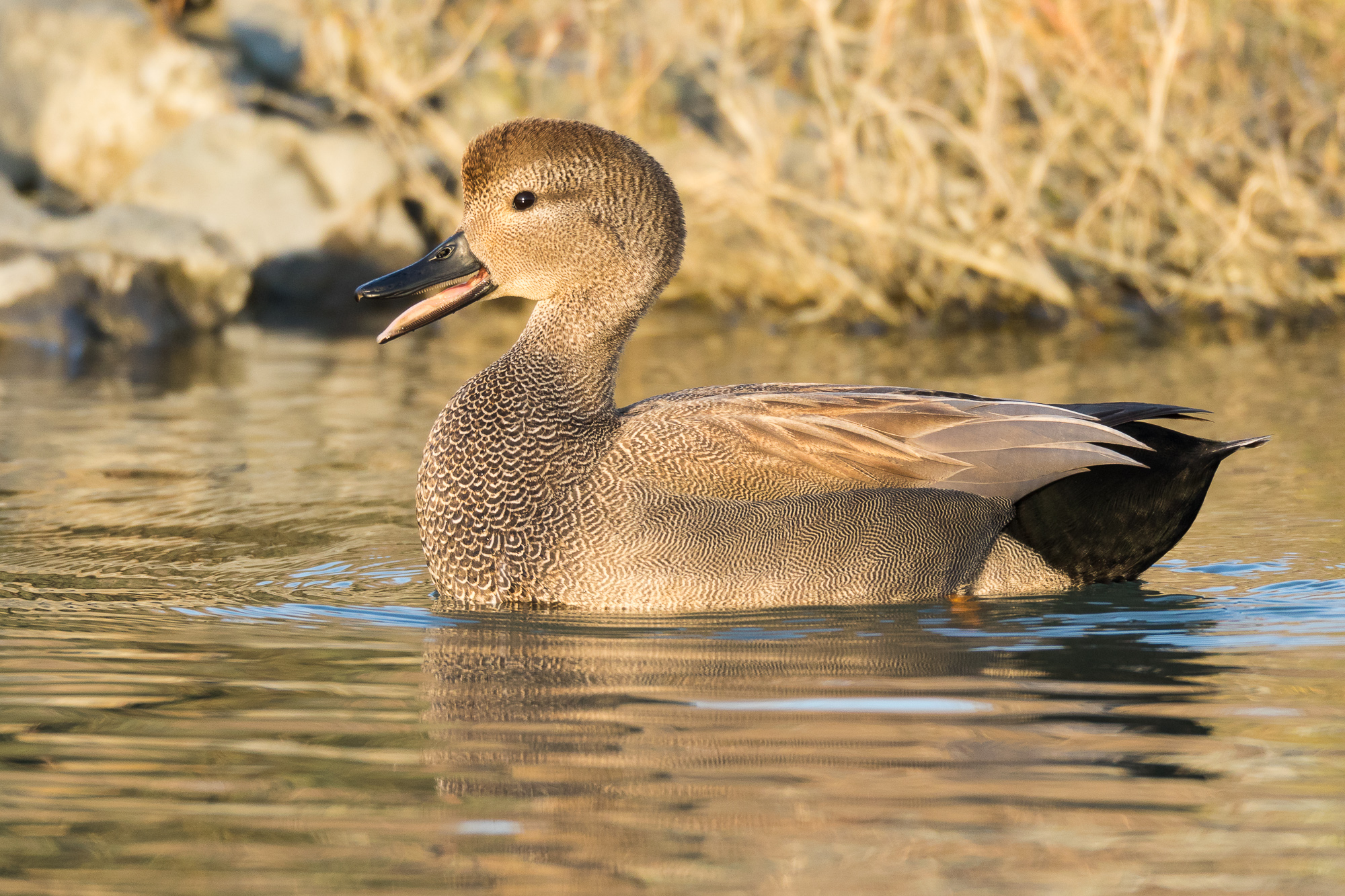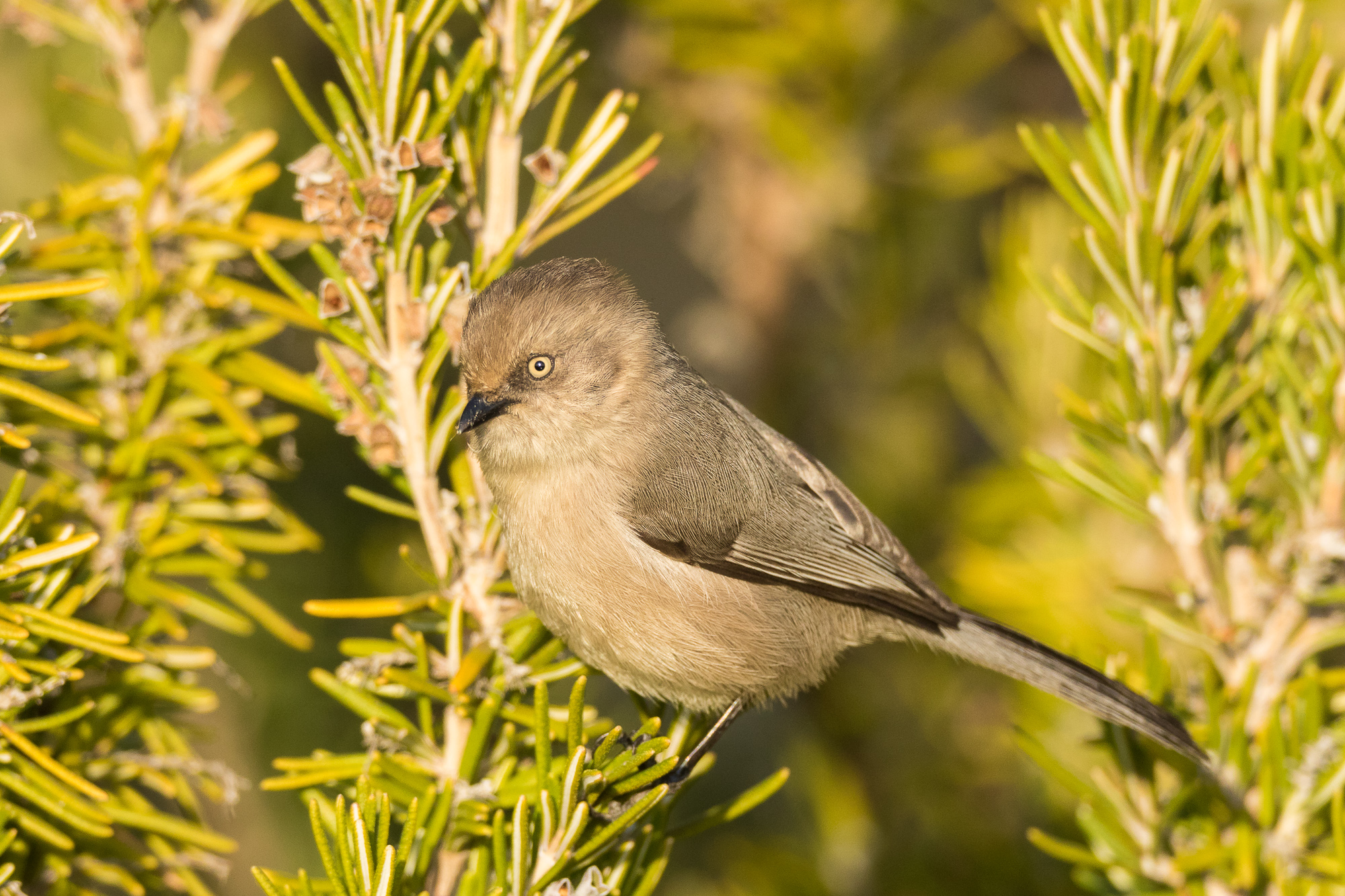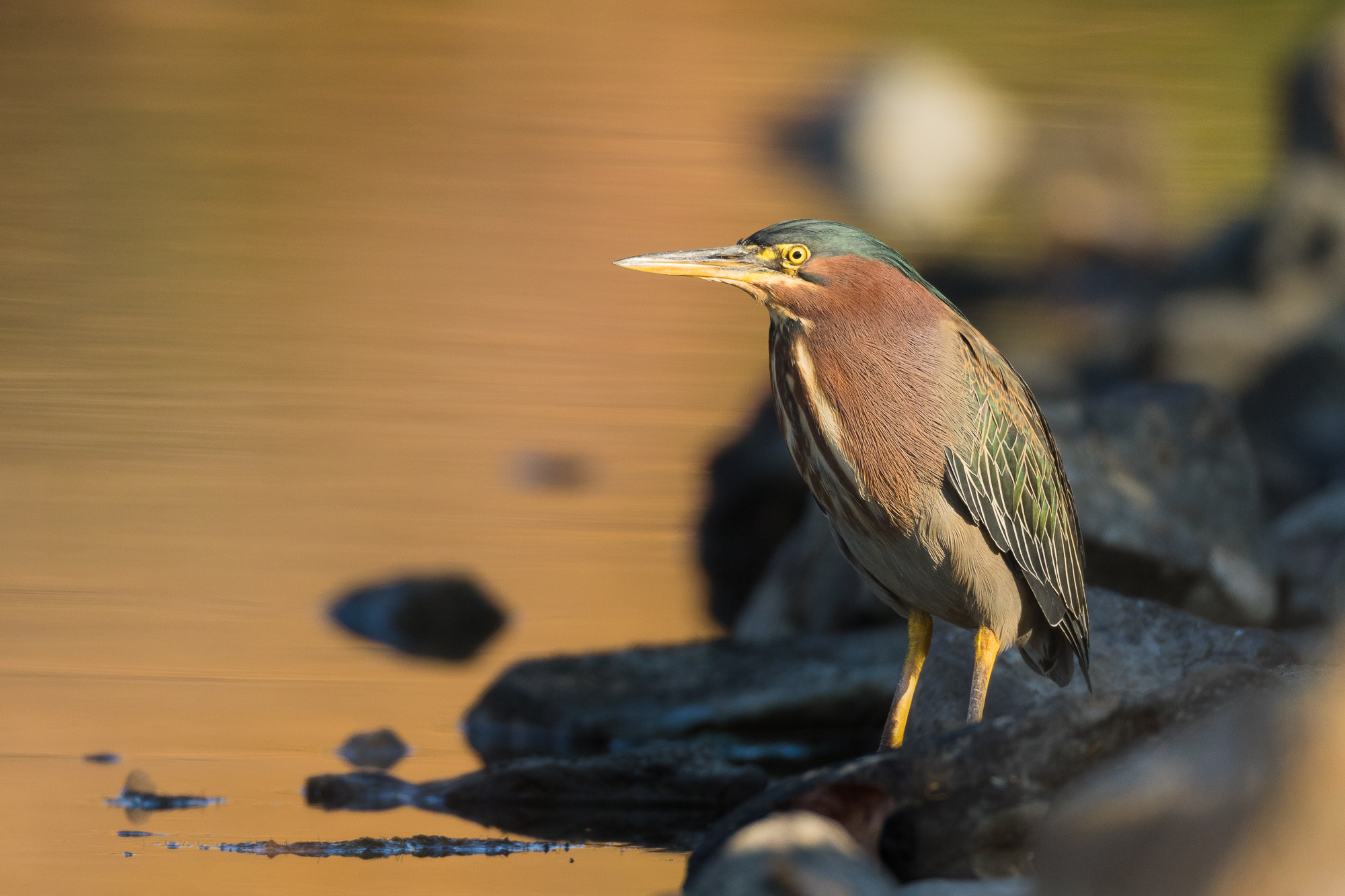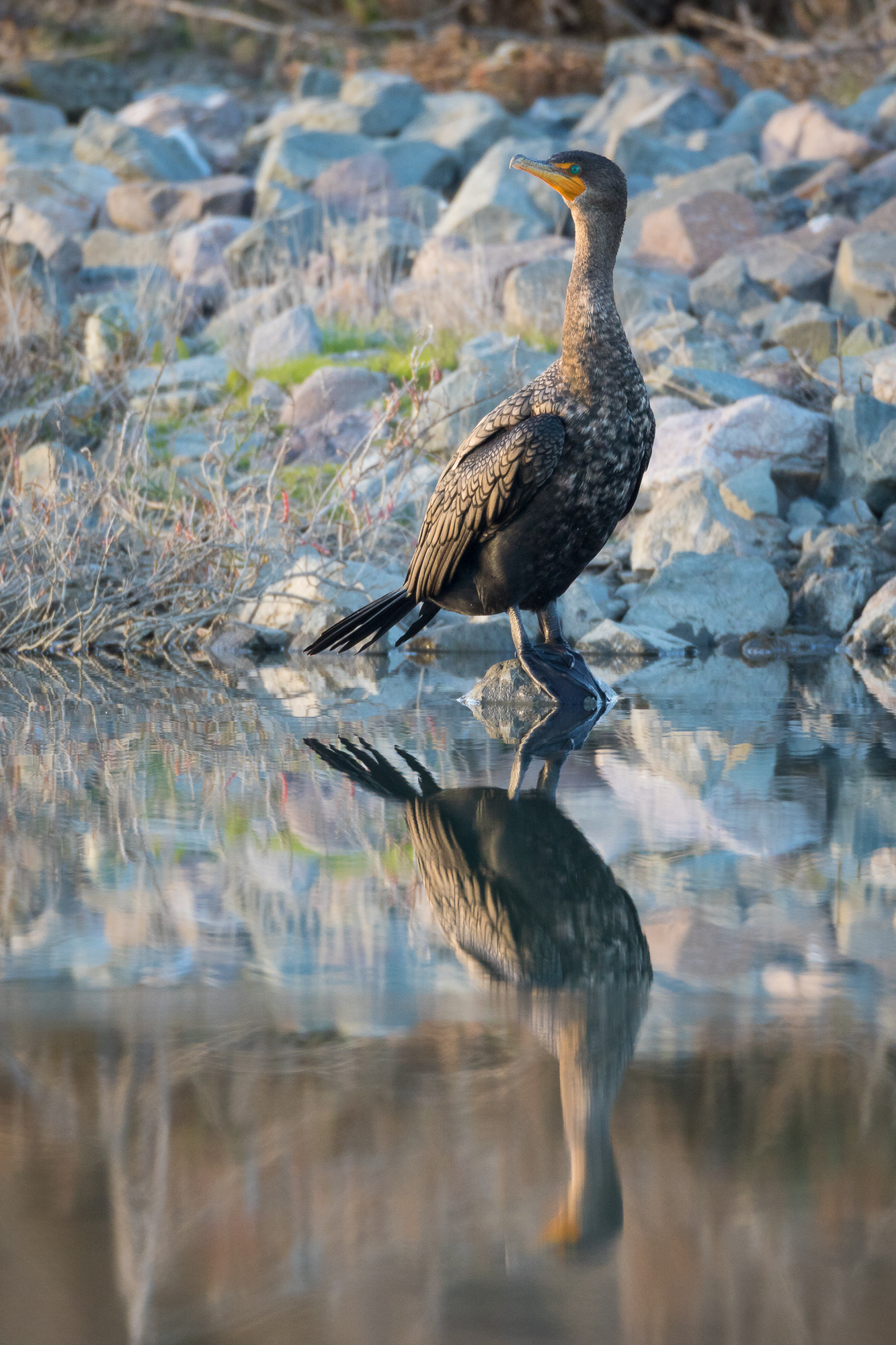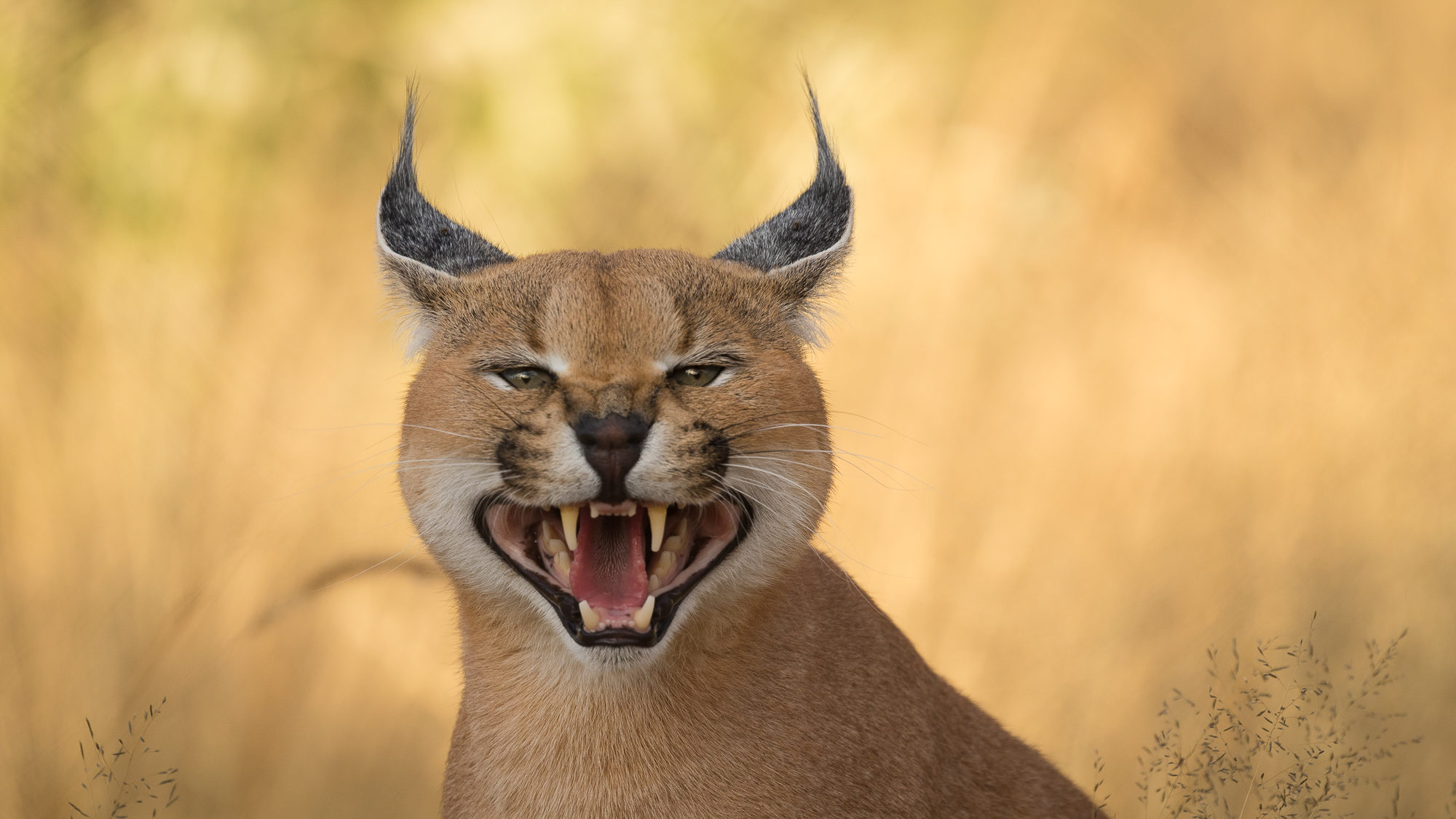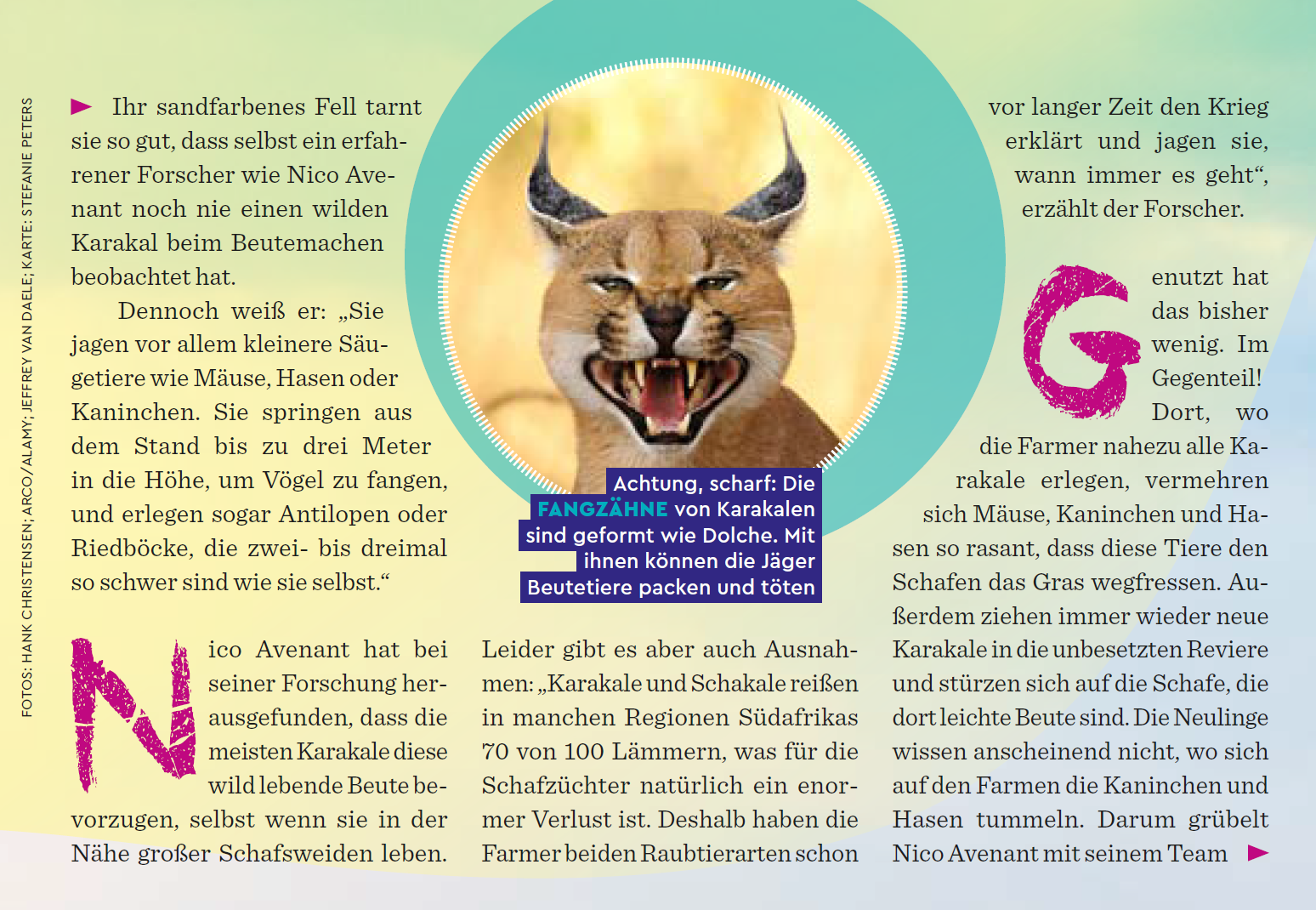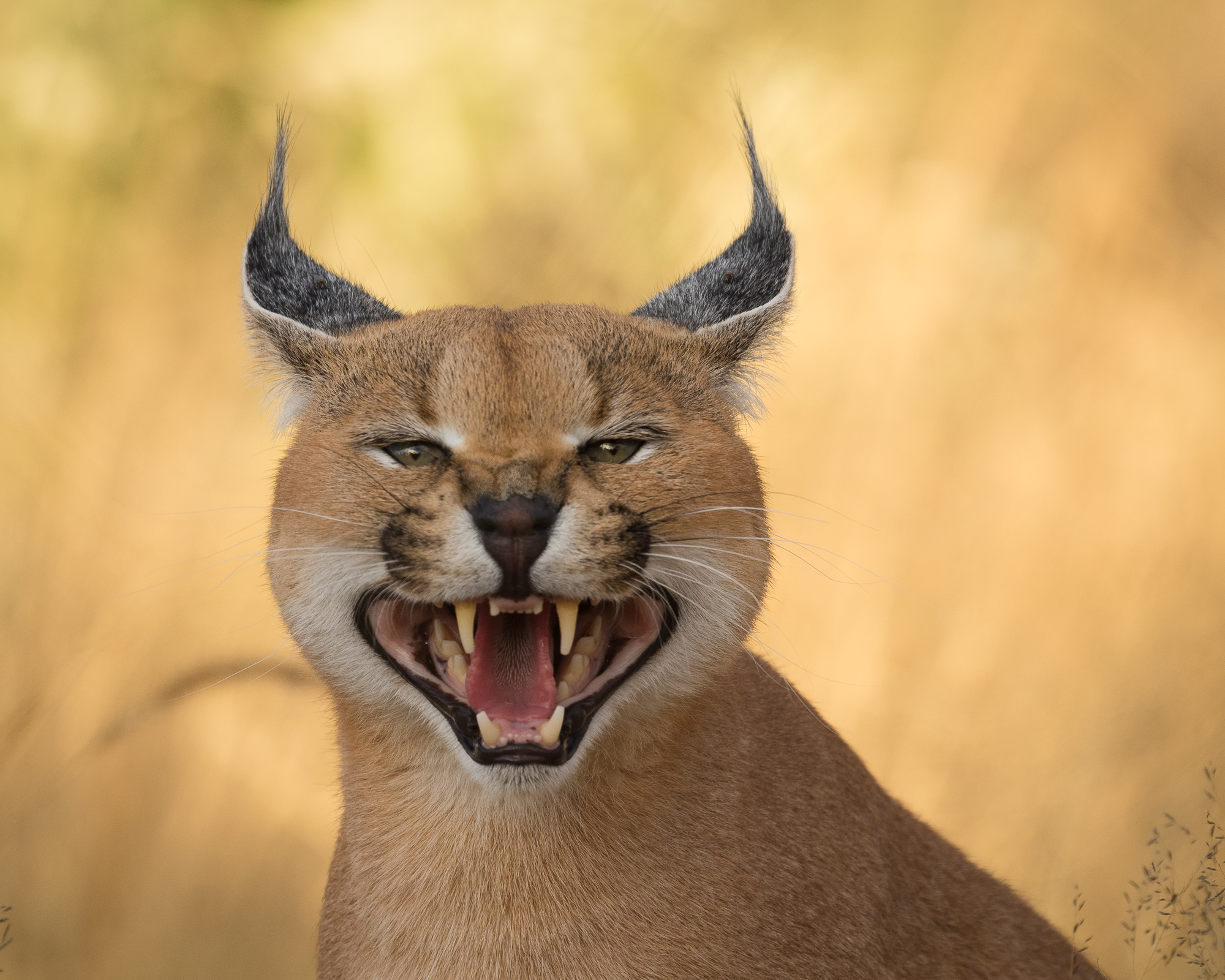A big change for me during the pandemic was not getting out much to photograph. Luckily, I have a cherry tree right outside my office window, so I was able to do a little “at home” wildlife photography from the comfort of my own office chair! These photos were taken over about a 2 week period in late spring, as the cherries began to ripen.
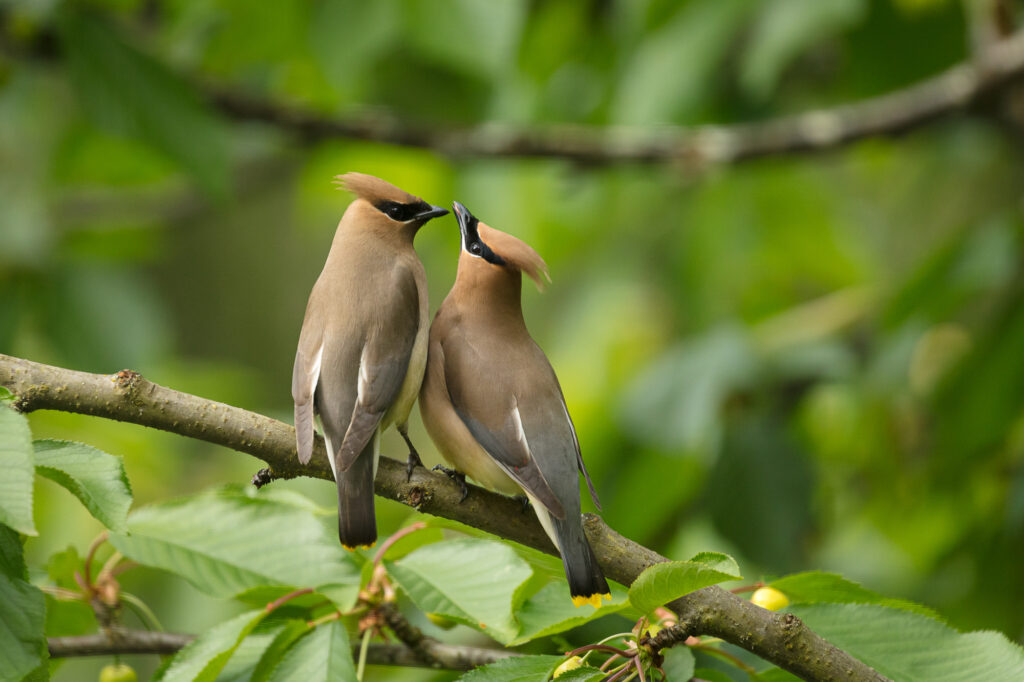
My early season visitors included a flock of cedar waxwings with fledglings. Although the cherries were not quite ripe, they didn’t seem to mind, and were busy feeding their young.
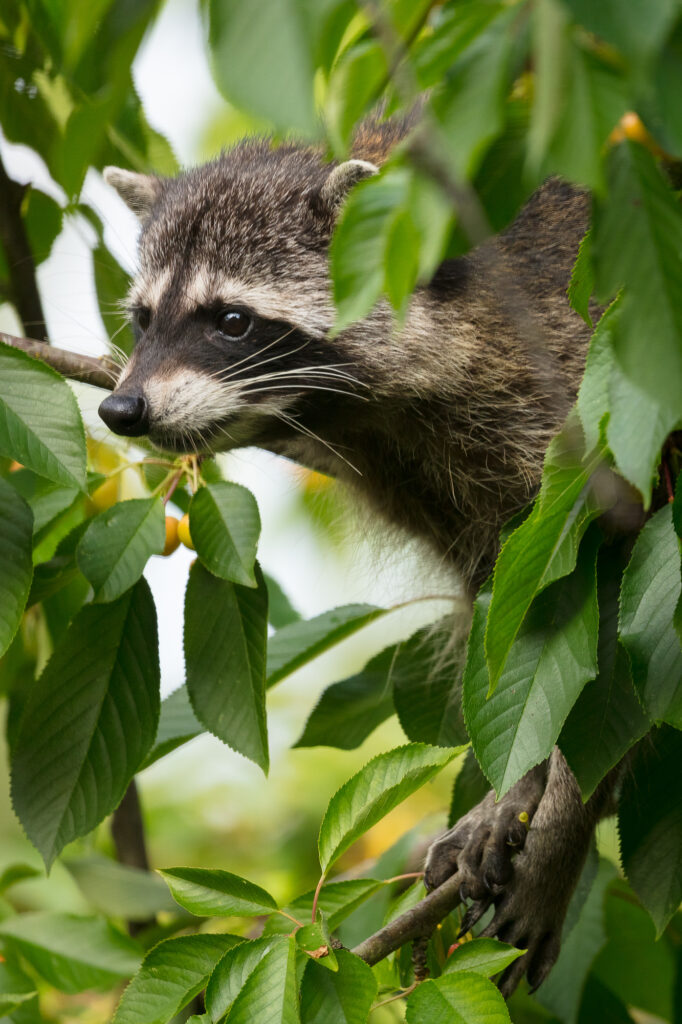
Next was a neighborhood bandit, also trying to grab as many early cherries as possible. He visited me a few mornings in a row, and I watched helpless as much of the tree’s bounty disappeared in his little hands.
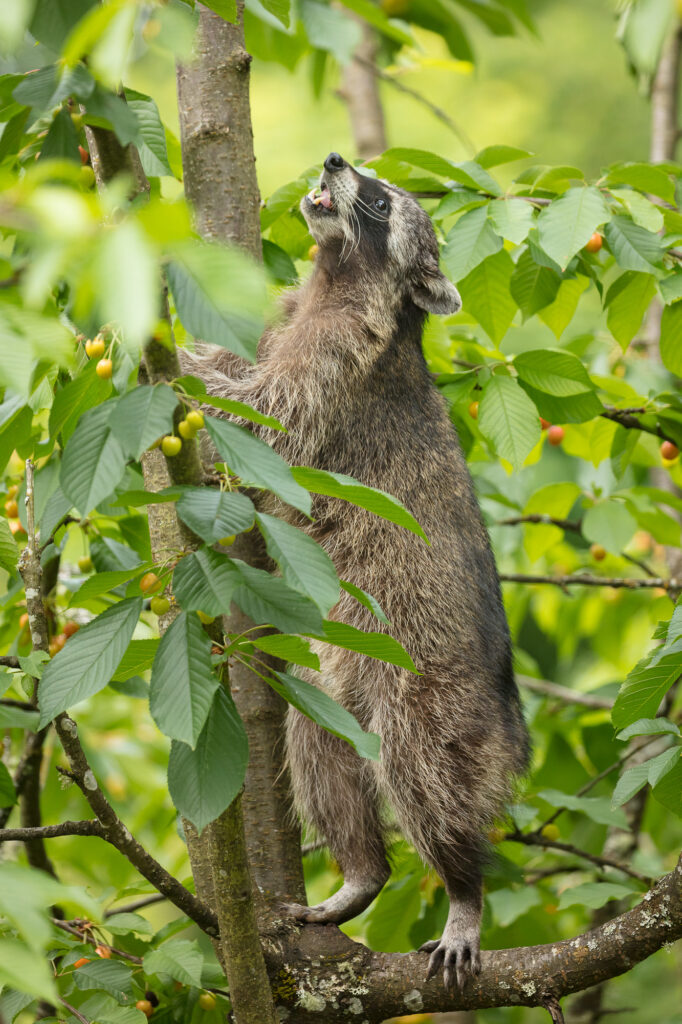
My shooting location worked well because I was directly across from the middle of the tree (shooting from the second story) rather than looking up into the tree. In addition, I was using my office as a blind of sorts, so the animals weren’t aware of my presence. Until I met this guy:
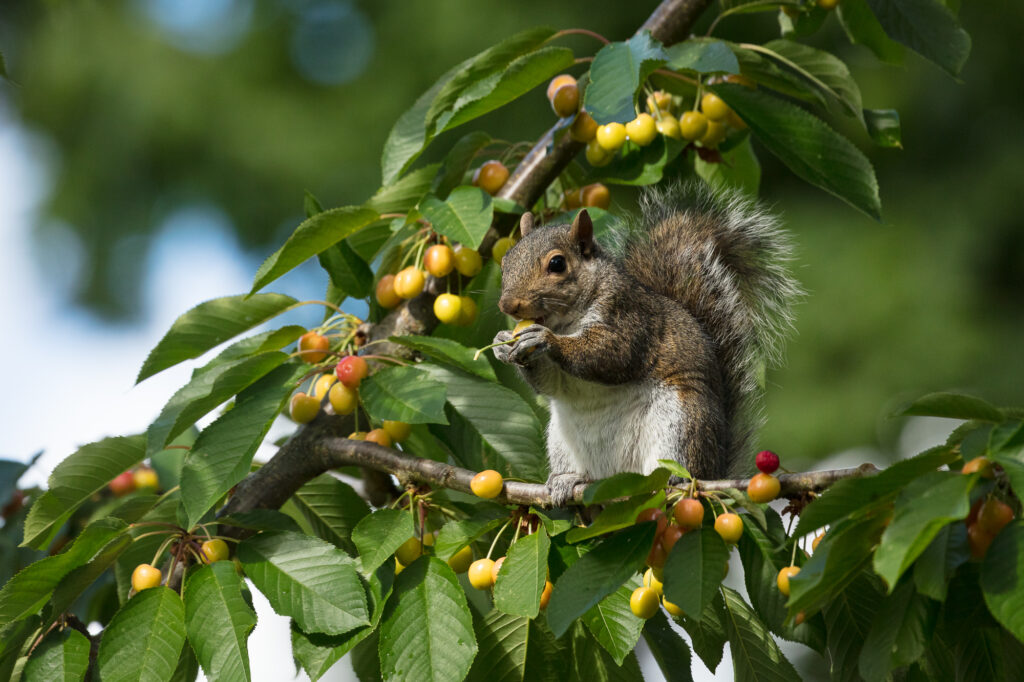
Mr. Squirrel would regularly sit on a branch and stare through my window at me, while downing as many cherries as he could. He was definitely taunting me.
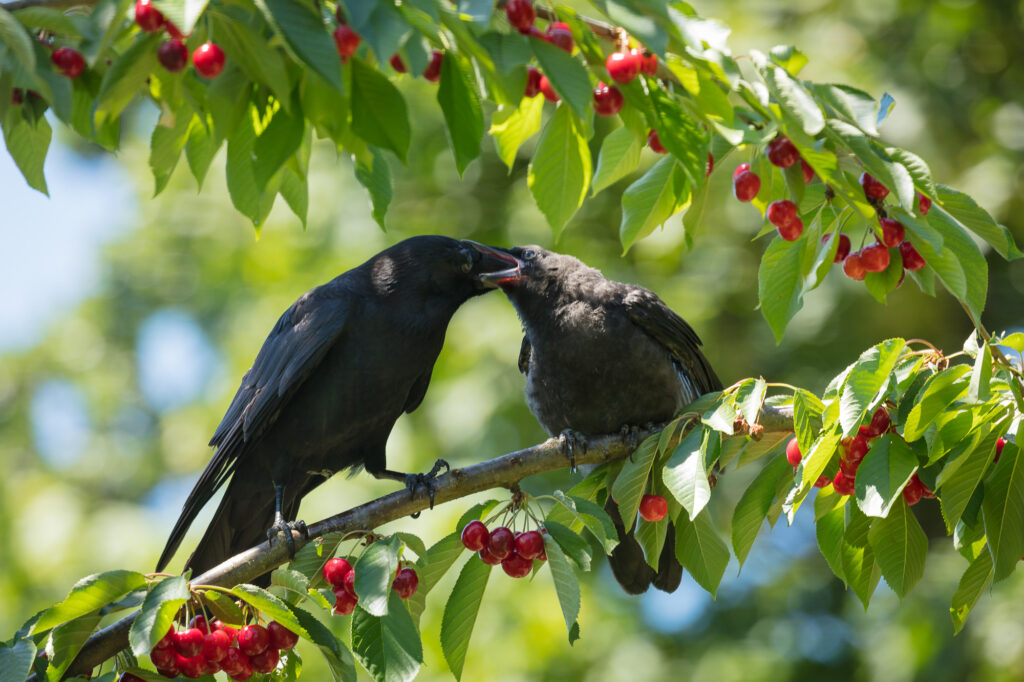
Once the cherries were fully ripe, most of my visitors were various bird species. A local crow family also had little ones to feed, and luckily there was still plenty to go around.
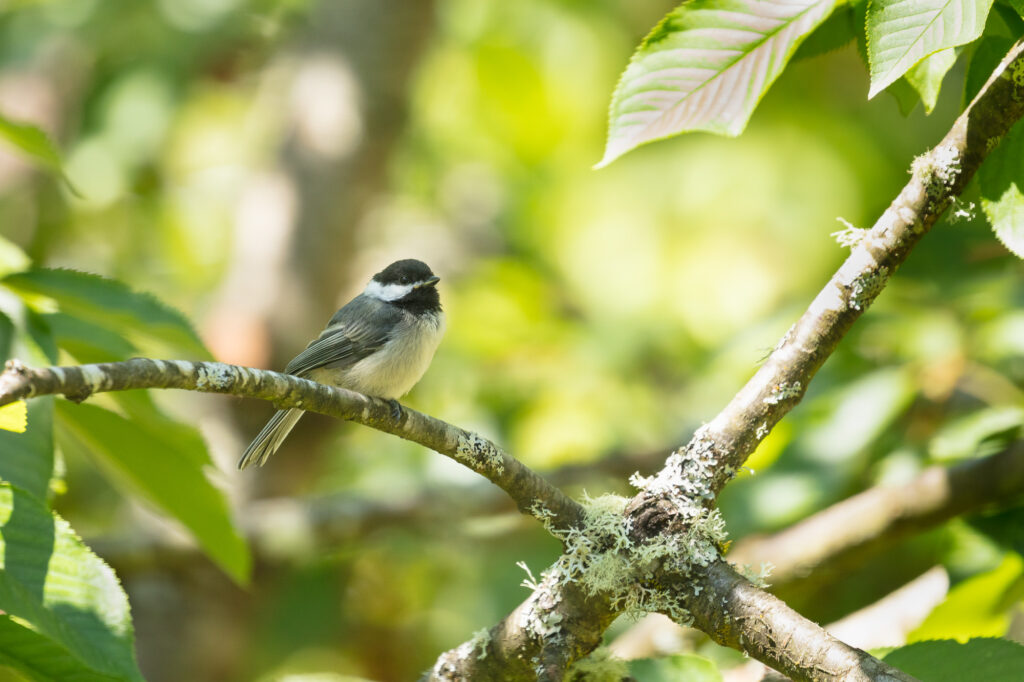
Even the little black-capped chickadees got in on the fun, though they took their time eating a single cherry.
I was happily surprised by the ease and comfort of photographing from my office desk. Other than needing to keep the window glass very clean, there were few downsides to the result. If only I could shoot all wildlife from a padded office chair!

